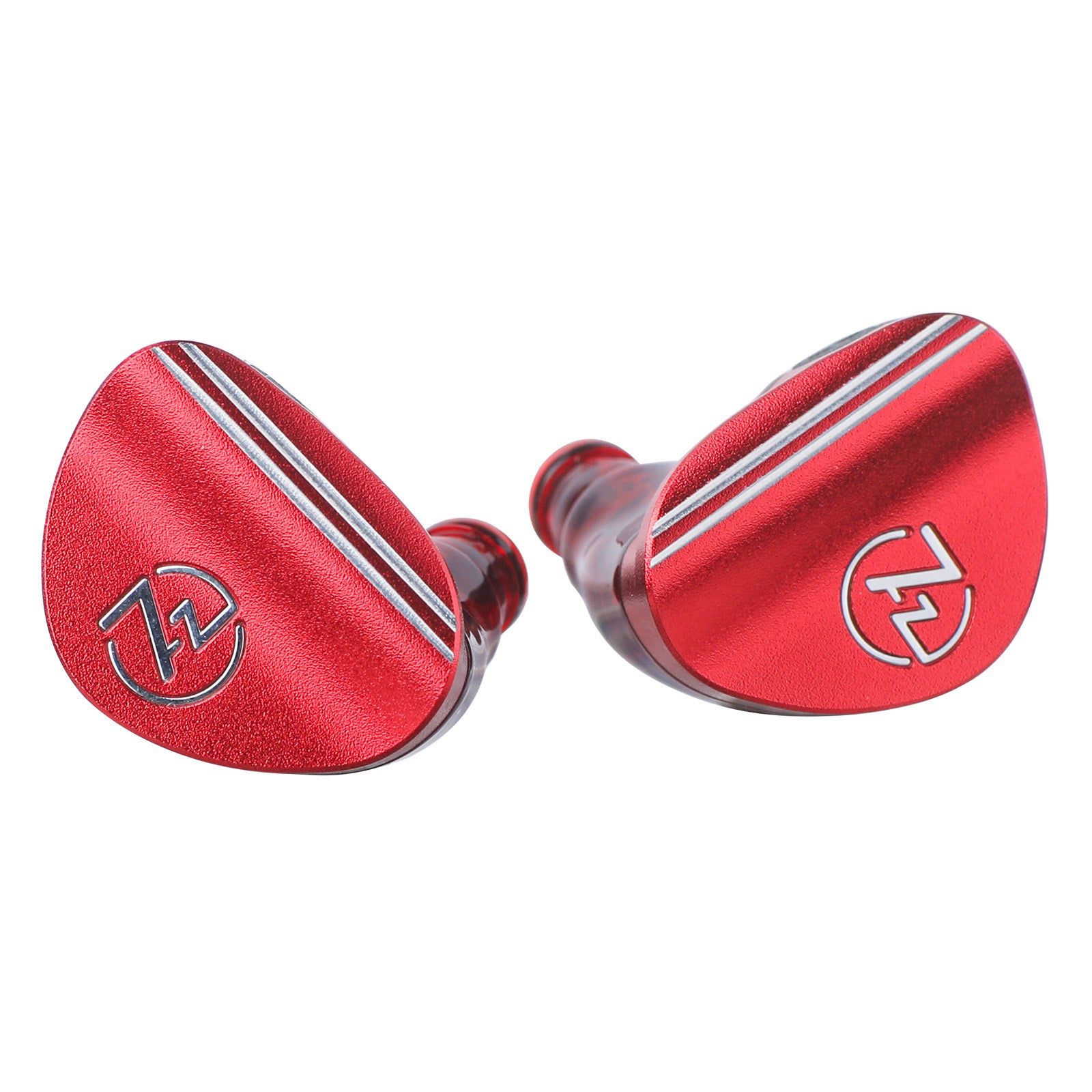IAtaman
Major Contributor
- Joined
- Mar 29, 2021
- Messages
- 2,515
- Likes
- 4,567
Got this quite recently based on its graphs and suggestion of @mc.god for $42 delivered same day from Amazon.

They also look very good in my opinion - smooth matte metal with minimum distractions. Like that.

How does it sound? Sounds great out of the box to me, without EQ. In fact, when EQ'ed to Harman IE2019 based on various squig.link measurements, it sounds weird and incorrect. I am not sure if that says more about the IEM, the target or the measurements, but that's what it is.
I tried a -3dB / Q1.4 filter at 1.5KHz and I guess maybe it does make a bit of a difference for the positive, but its absence does not take anything away from the IEM in my view. And, at face value, that's quite a feat I'd say as even my favorite IE200, I prefer them with a bit of EQ.
All that is contingent upon being able to achieve a good fit and seal of course. And 7Hz do best they can - they provide you with a wide variety of tips to choose from. XL tips fitted me the best as these are a thicc boy IEMs, and larger then normal tips allows them to seal well even when they are not flush with my ear due to their large shell size - at least that's my theory. For comparison I also got the Performer5 same time and they fit best with M tips. Being a good seal with XL tips also has the negative side effect of being a tad bit uncomfortable after a few hours for me but will see how that pans out in the long run.
Cable is good length but a bit of a thick, flat, unusual looking cable. Looks like these flat HDMI cables you are supposed to use to connect wall mounted TVs to the receiver that can be painted over. Or IDE cables from the previous century if anyone remembers them. Its gets the job done though.
Overall great value for money in my opinion. Even at their original $60 price I'd say. I think these are a strong contender to be new favourite IEMs.
They also look very good in my opinion - smooth matte metal with minimum distractions. Like that.

How does it sound? Sounds great out of the box to me, without EQ. In fact, when EQ'ed to Harman IE2019 based on various squig.link measurements, it sounds weird and incorrect. I am not sure if that says more about the IEM, the target or the measurements, but that's what it is.
I tried a -3dB / Q1.4 filter at 1.5KHz and I guess maybe it does make a bit of a difference for the positive, but its absence does not take anything away from the IEM in my view. And, at face value, that's quite a feat I'd say as even my favorite IE200, I prefer them with a bit of EQ.
All that is contingent upon being able to achieve a good fit and seal of course. And 7Hz do best they can - they provide you with a wide variety of tips to choose from. XL tips fitted me the best as these are a thicc boy IEMs, and larger then normal tips allows them to seal well even when they are not flush with my ear due to their large shell size - at least that's my theory. For comparison I also got the Performer5 same time and they fit best with M tips. Being a good seal with XL tips also has the negative side effect of being a tad bit uncomfortable after a few hours for me but will see how that pans out in the long run.
Cable is good length but a bit of a thick, flat, unusual looking cable. Looks like these flat HDMI cables you are supposed to use to connect wall mounted TVs to the receiver that can be painted over. Or IDE cables from the previous century if anyone remembers them. Its gets the job done though.
Overall great value for money in my opinion. Even at their original $60 price I'd say. I think these are a strong contender to be new favourite IEMs.
Last edited:



